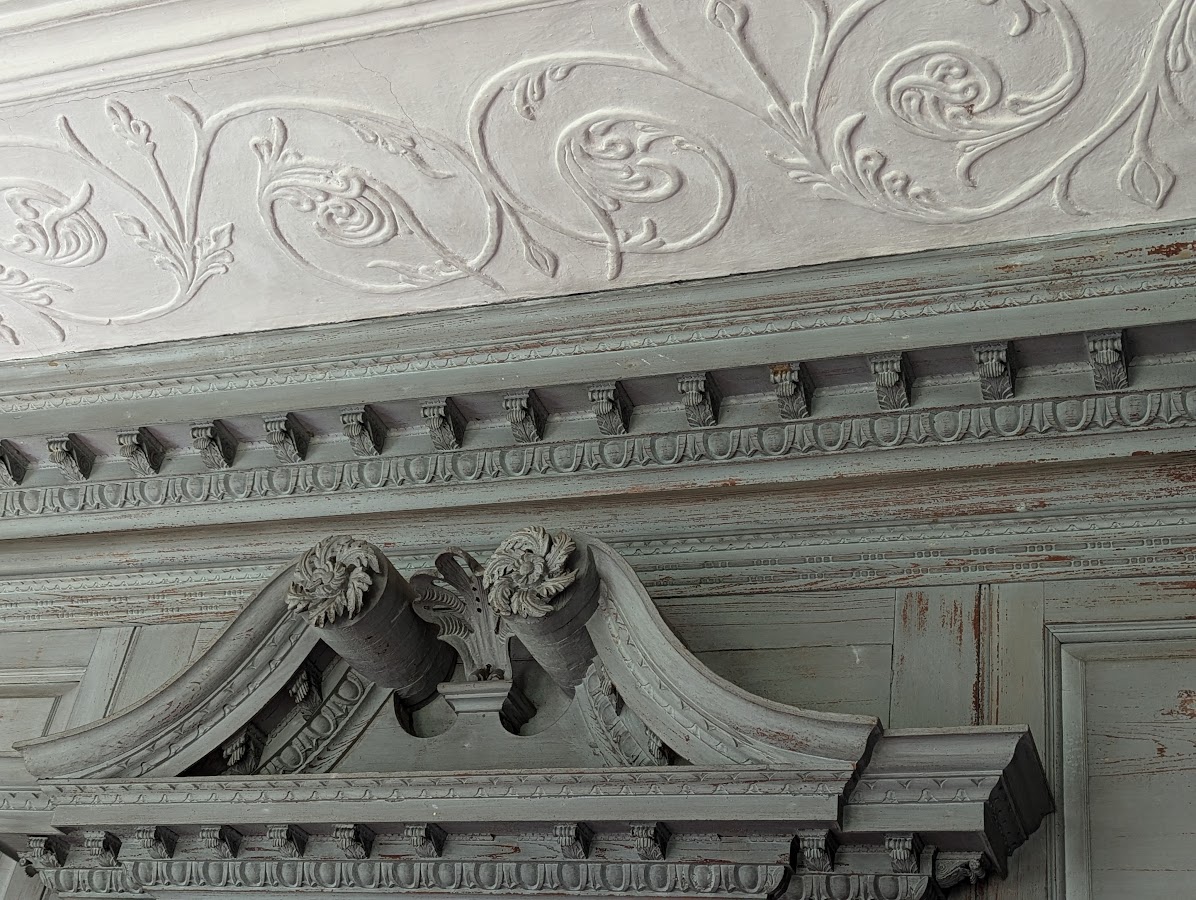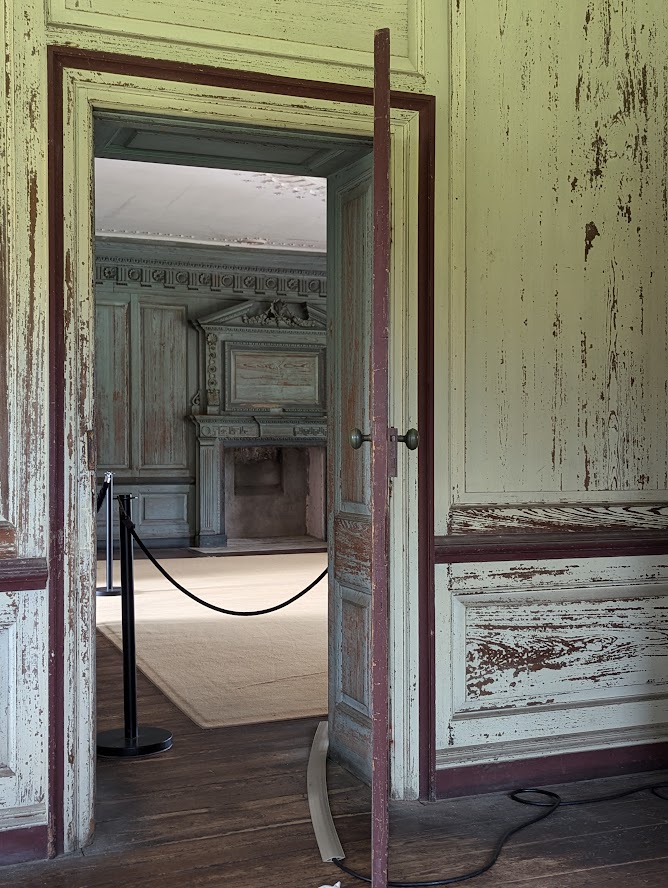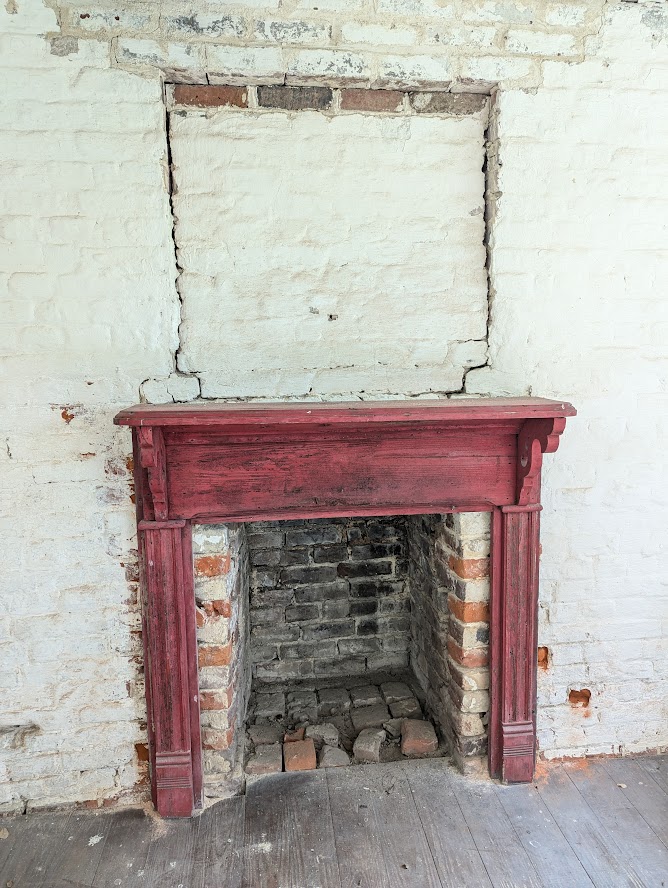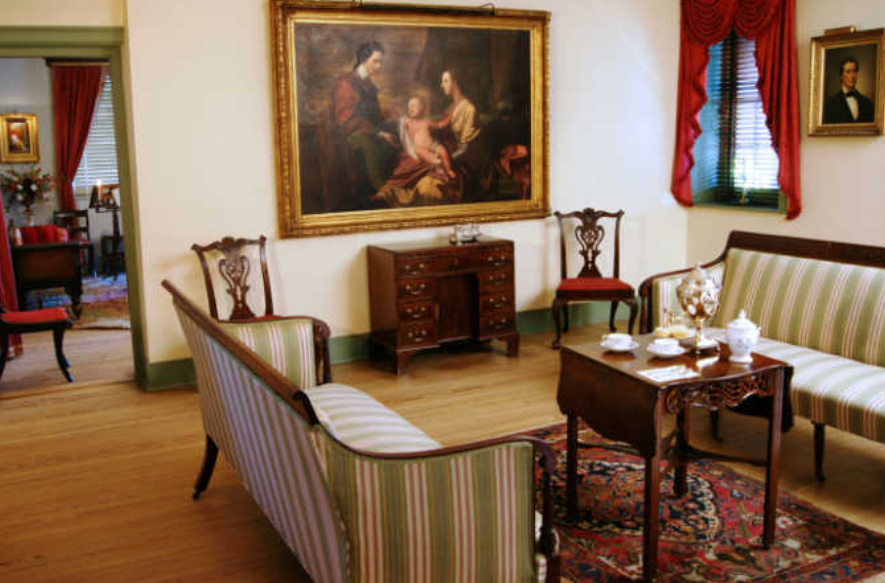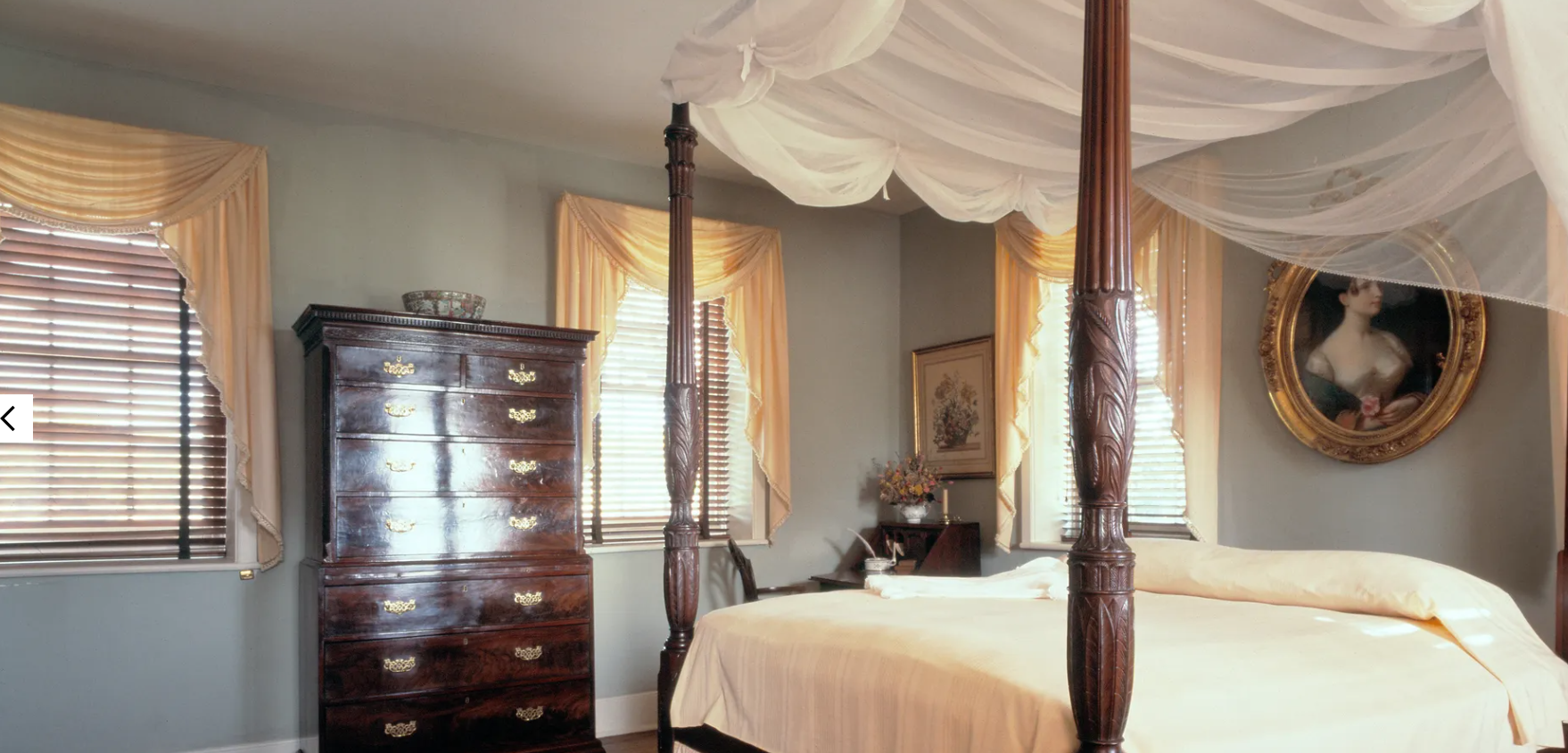In retrospect, given my interest in the history of art and architecture, I’m surprised that I’ve never thought much about the difference between preservation and restoration. This is in part due to the National Trust for Historic Preservation using the word as an umbrella term, covering their work to maintain places where America’s history happened.
But it turns out that there’s a more specific meaning for preservation beneath that umbrella. A recent trip to Charleston, SC, brought the distinction between preservation and restoration into focus.
There are dozens of historic buildings in the Charleston area that are open to visitors. We had time to tour only a few on our recent first trip to the city, but that was enough to make very clear the distinction between these two approaches to maintaining historic buildings. Preservation focuses on stabilization and structural repairs and maintenance, while restoration goes beyond that, renovating a property to its original condition.
(Rehabilitation goes even further, making it appropriate for contemporary use through repair or alteration, while preserving those portions and features of the property which are significant to its historic, architectural, and cultural values.)
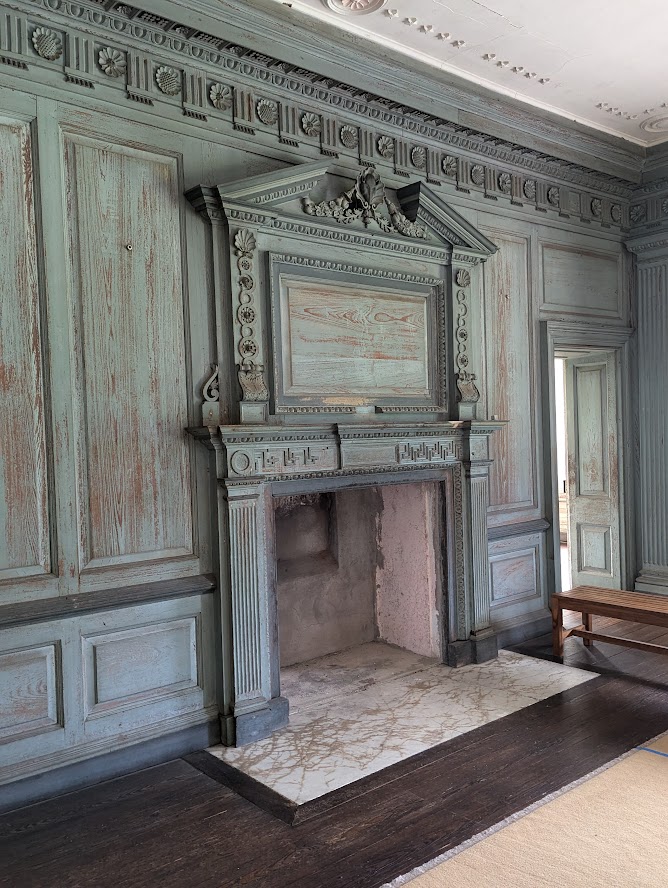
Drayton Hall 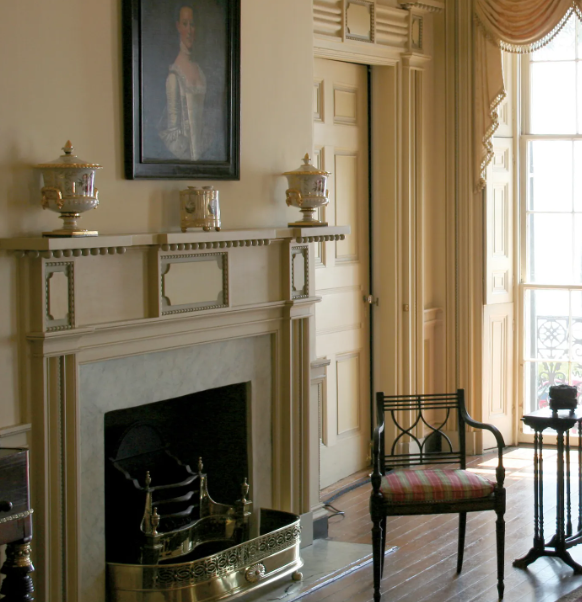
Edmondston-Alston House
Since its founding, Charleston has been ravaged by the Great Fire of 1861, rattled by a 7.3 magnitude earthquake in 1886, impoverishment by 567 days of shelling by Union foces toward the end of the Civil War and, most recently, in 1989, devastation by Category 4 hurricane flooding and winds. All this destruction left the beautiful ante-bellum city with a surfeit of damaged buildings, and this may explain why preservation is a not uncommon practice in Charleston.
In some instances, a lesser degree of damage and/or the availability of funds allowed for complete restoration of a structure, while others have only been stabilized and saved from further deterioration. Many of the homes were so large and so far gone — especially plantations outside the city which were burned to the ground by Union armies — that restoration was simply infeasible. The cost of restoring some of the more opulent homes of wealthy citizens would be astronomical today.
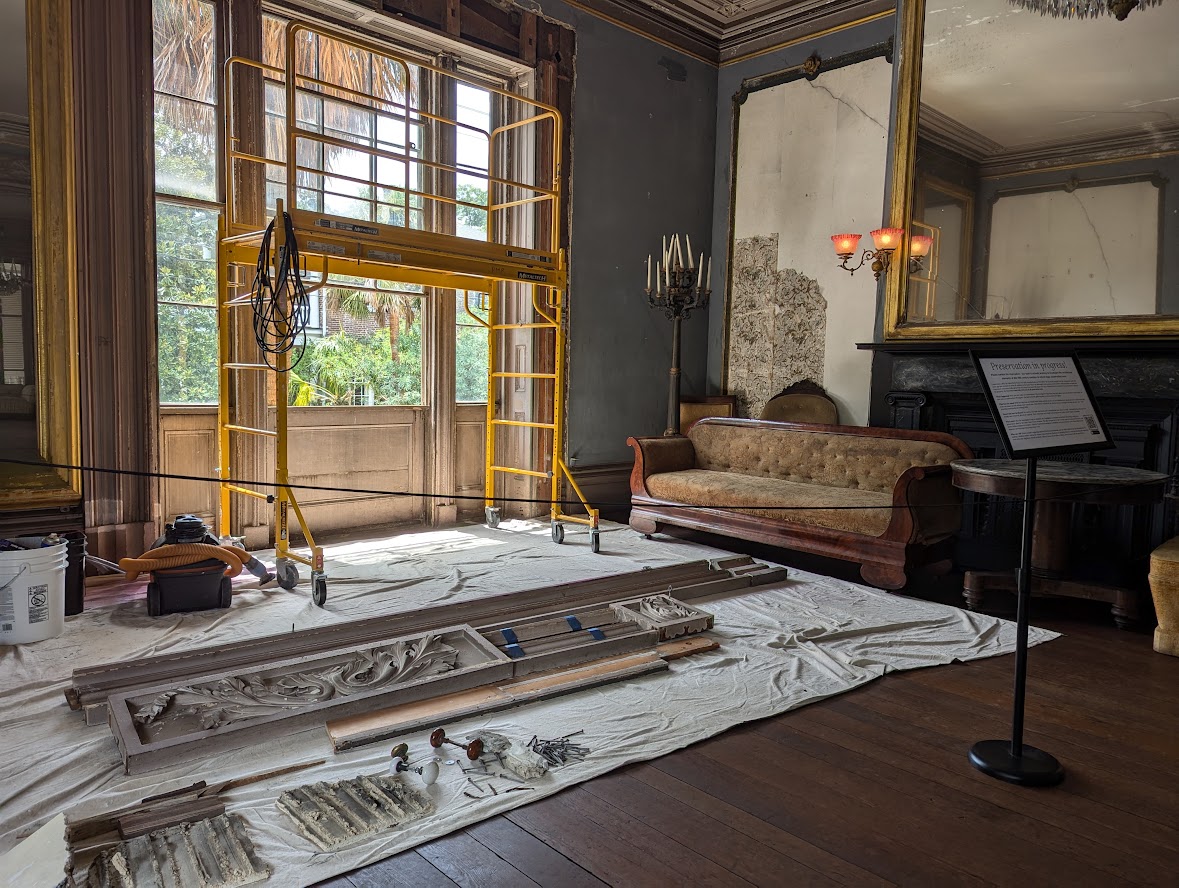
Repairs needed to keep the weather out, Aiken-Rhett House 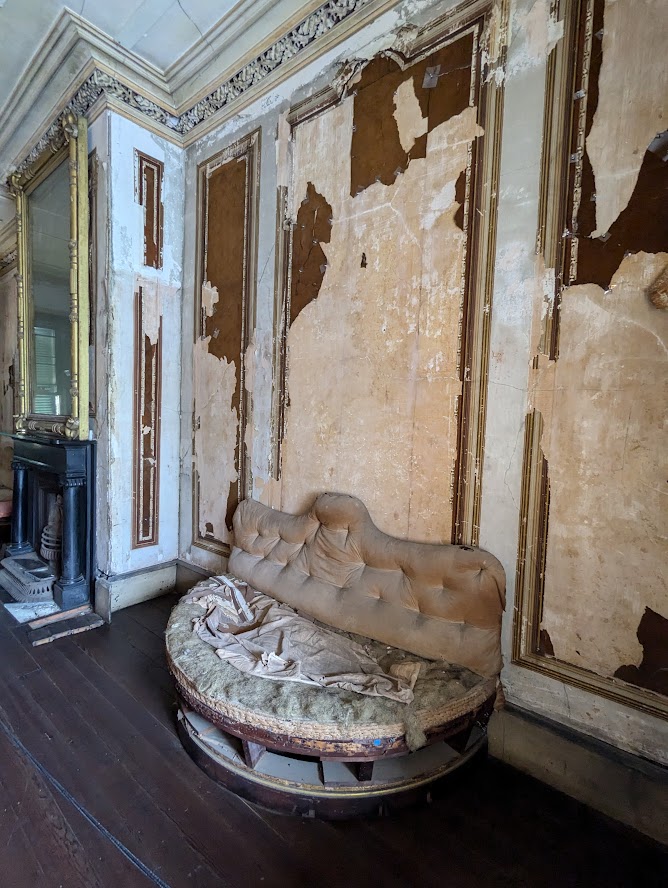
Interior view, Aiken-Rhett House
Preservation involves keeping a building from further deterioration and altering its “as is” condition as little as possible. The preservation of an old building aims to maintain the integrity of the structure without concern for decorative improvement or attempting to reflect a specific time on the building’s history.
In the case of Drayton Hall, for example, the decision was made to stabilize the house rather than restore it to a particular period, and to preserve it as it was when acquired from the family in the 1970s.
After sitting abandoned for some years, Drayton Hall was in bad shape when it was turned over to the Drayton Hall Preservation Trust. Rather than attempting to recreate the sumptuous environment which had surrounded seven generations of Draytons, it was decided that the mission of the Trust would be to stabilize the structure and maintain the property in the condition it was in at that time. Few of the family’s furnishings remained and thieves had stripped much of what was left.
Restoration, on the other hand, involves returning a property to its previous condition, recreating the decorative style. Restoration allows visitors to see the property “fully dressed.” In a multi-generational home, one significant decision that must be considered is whether to represent the style of a single specific era, versus working with a “lived-in” aesthetic that reflects changes in family needs, furnishings and decor over time.
The restoration work and interpretation of history at Middelton Place focuses on major contributions of generations of the Middleton family as well as the enslaved people who lived and worked here. A visit here provides a vivid window on aesthetic, cultural and political history, from the early Colonial period through the Revolution, the early Republic, the Civil War era and beyond.
I’ve covered much more about both Drayton Hall and Middleton Place in a couple of articles in my Art Things Considered blog. I invite you to take a more in-depth look at these two very different approaches to the presentation of an historic home.
Art Things Considered is an art and travel blog for art geeks, brought to you by ArtGeek.art — the only search engine that makes it easy to discover 1800 art museums, historic houses & artist studios, and sculpture & botanical gardens across the US.
Just go to ArtGeek.art and enter the name of a city or state to see a comprehensive interactive listing of museums in the area. All in one place: descriptions, locations and links.
Use ArtGeek to plan trips and to discover hidden gem museums wherever you are or wherever you go in the US. It’s free, and it’s easy and fun to use!
© Arts Advantage Publishing, 2024
